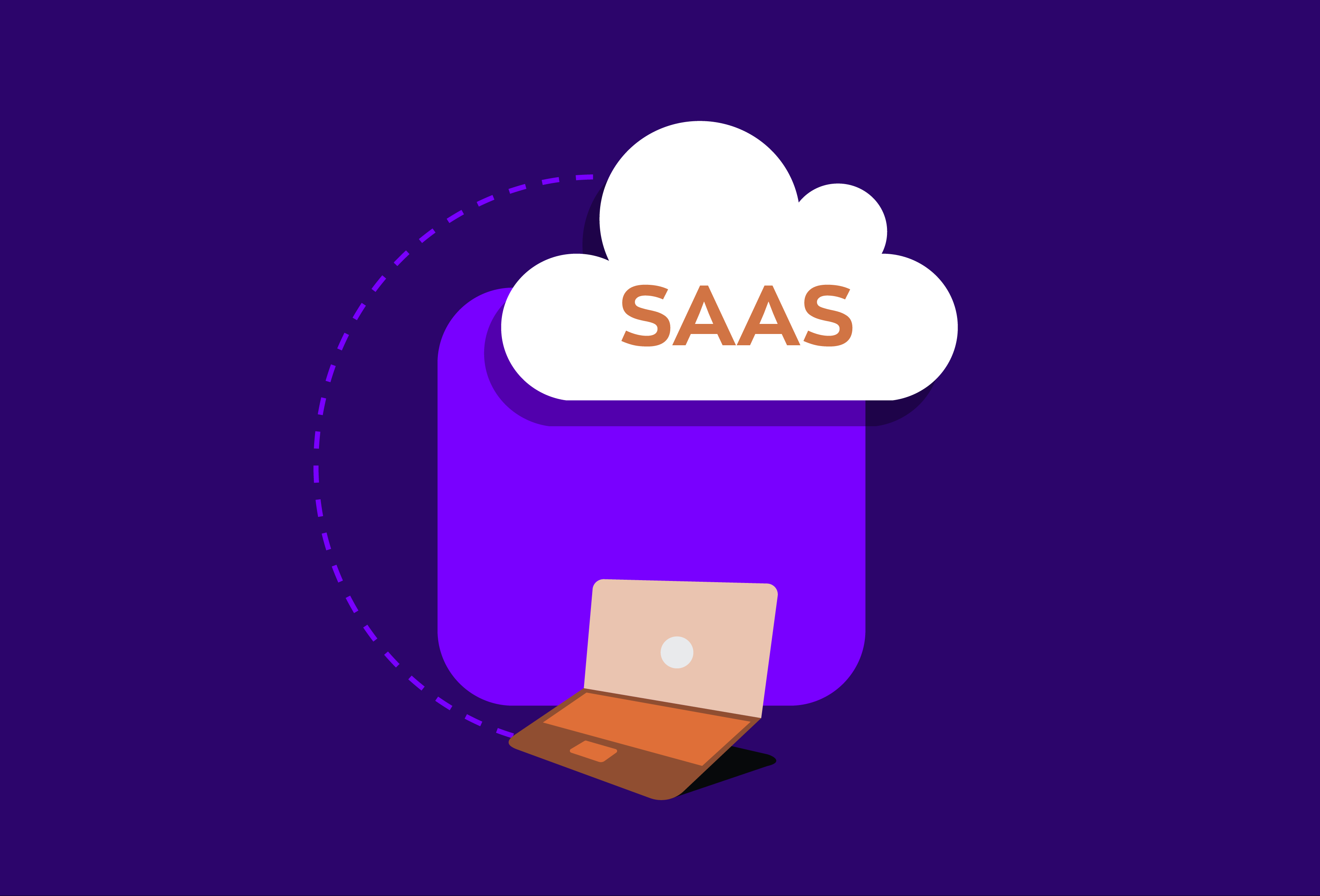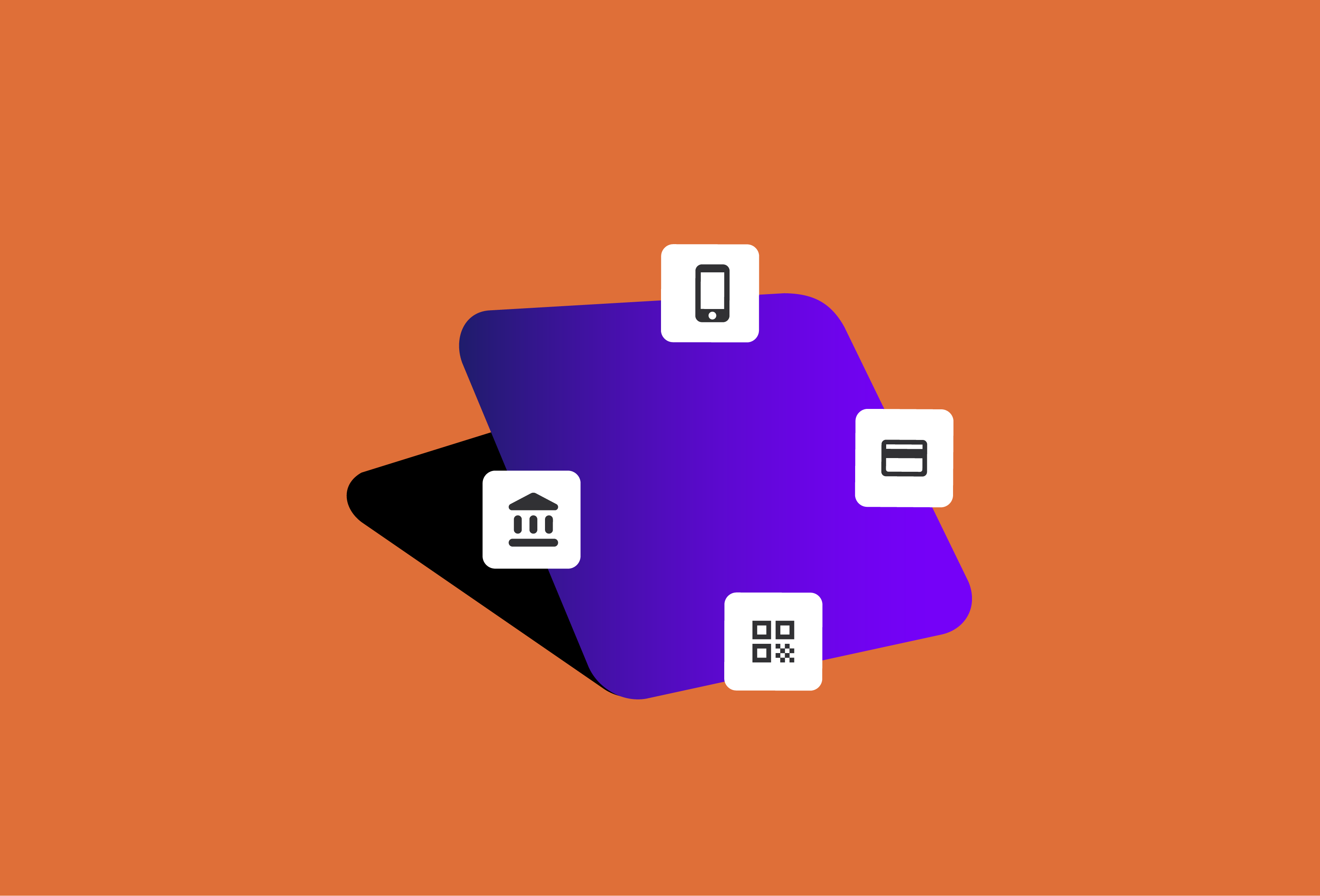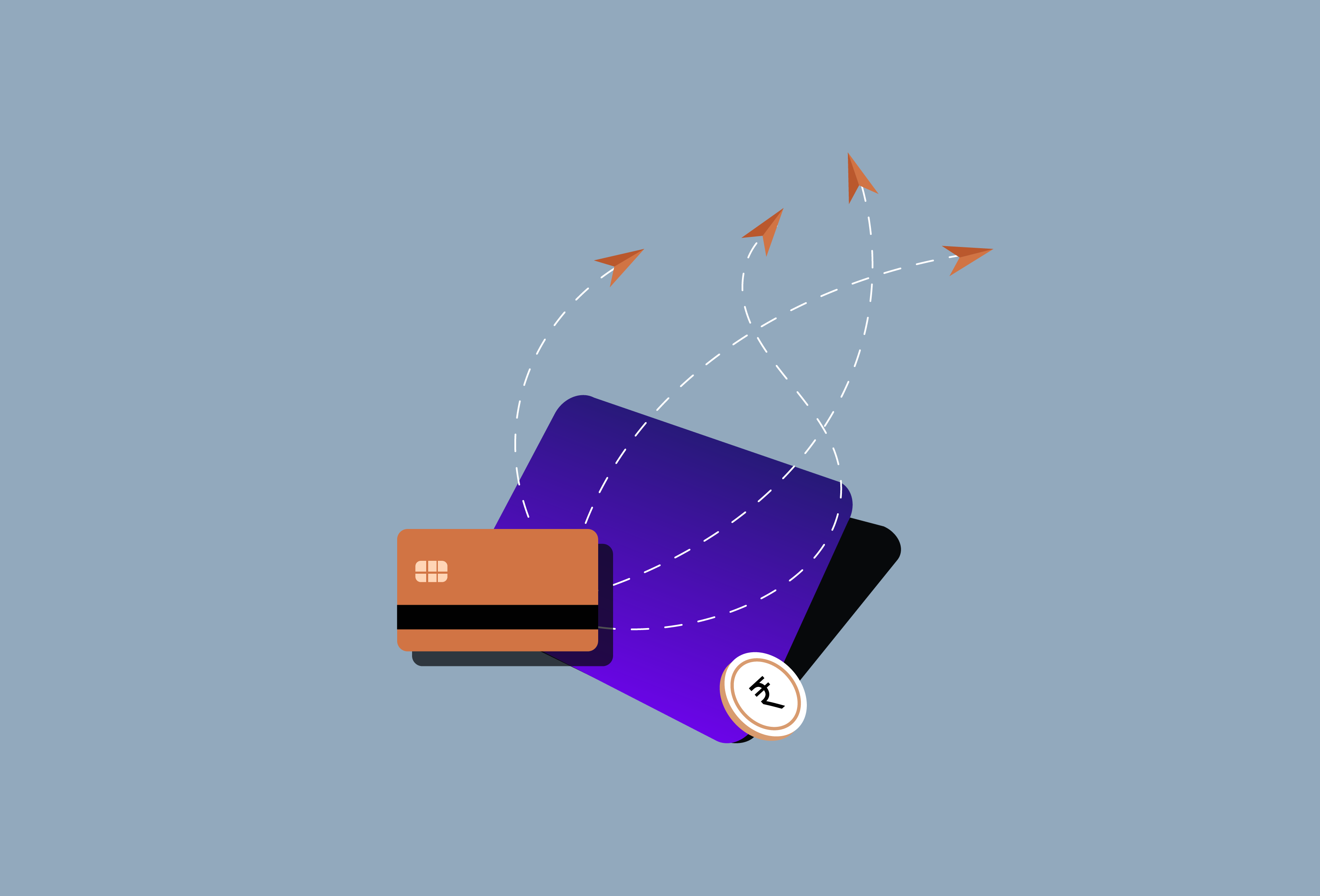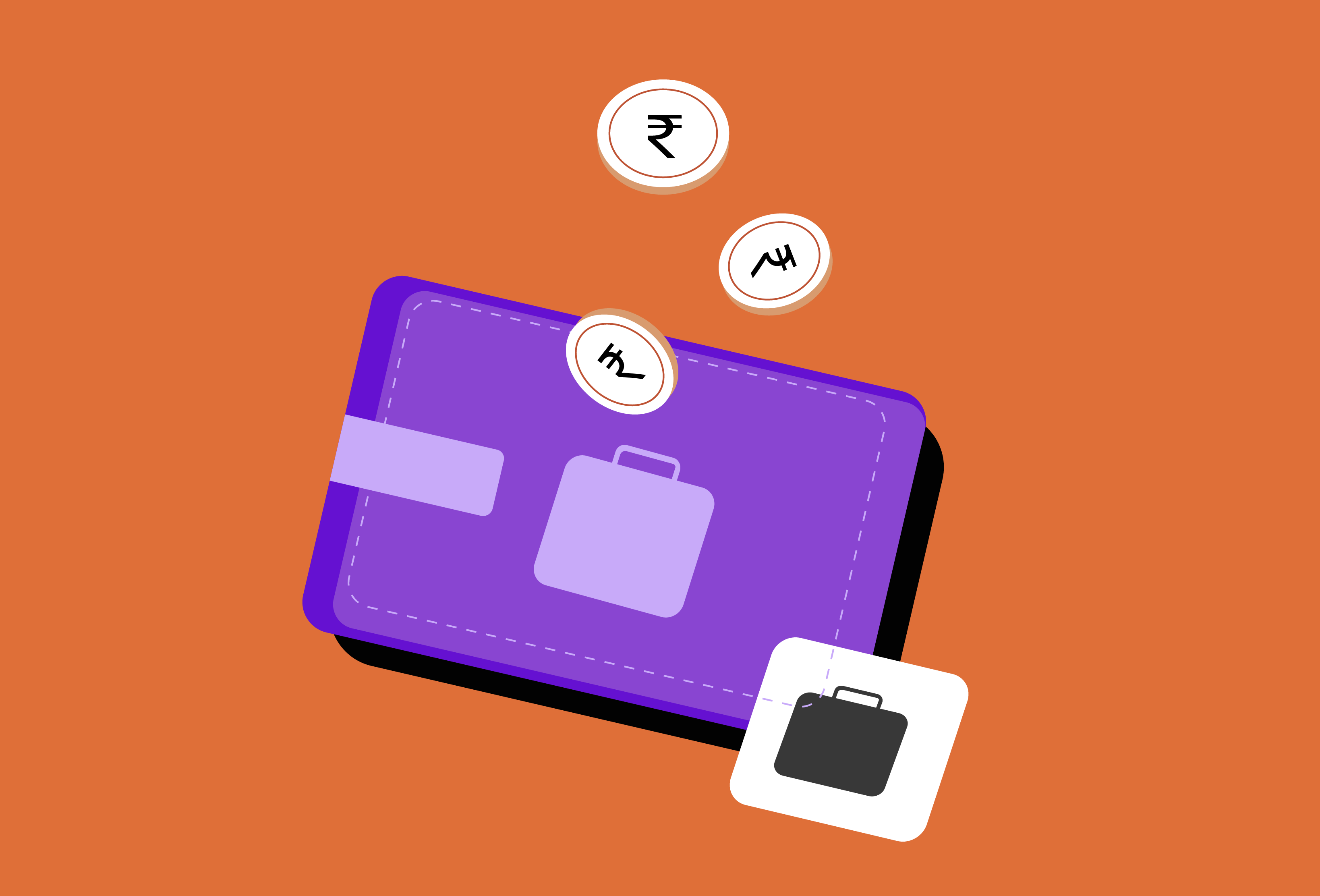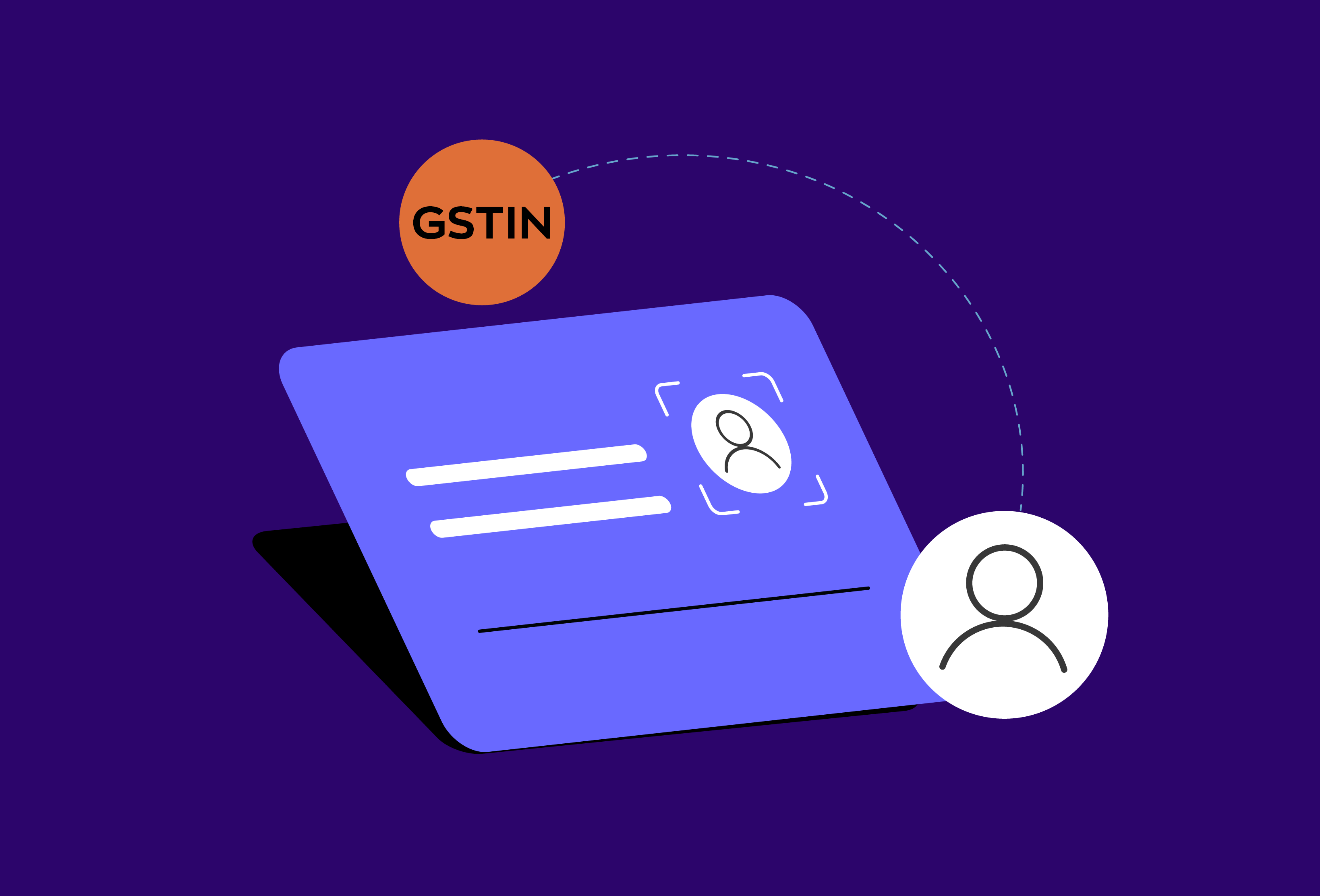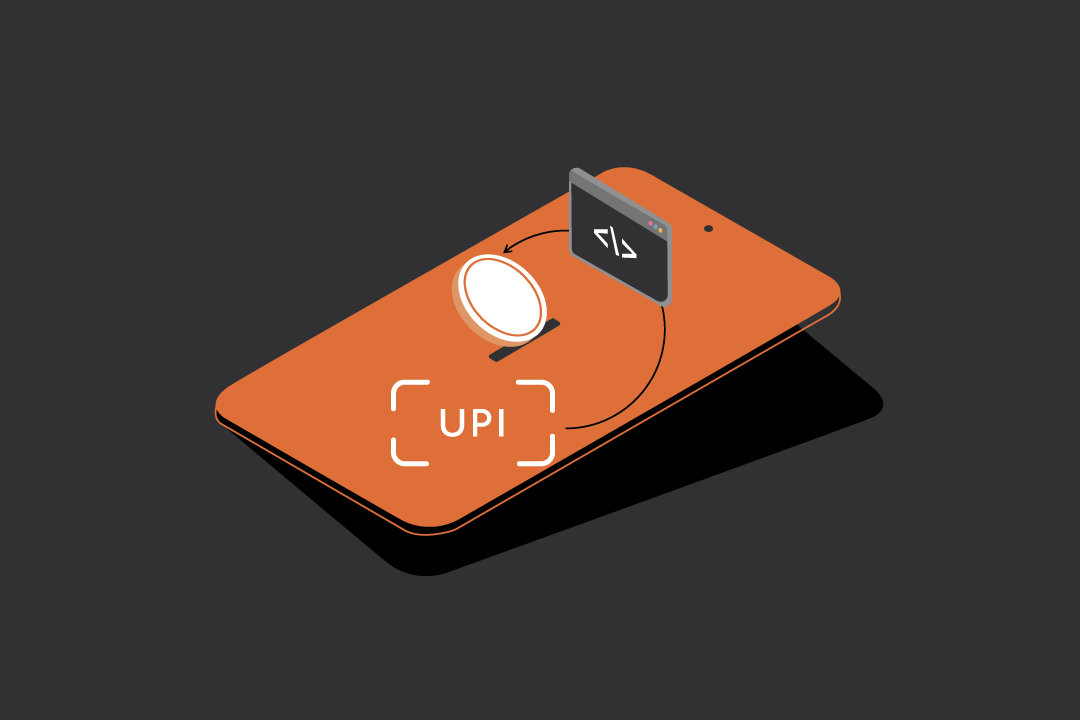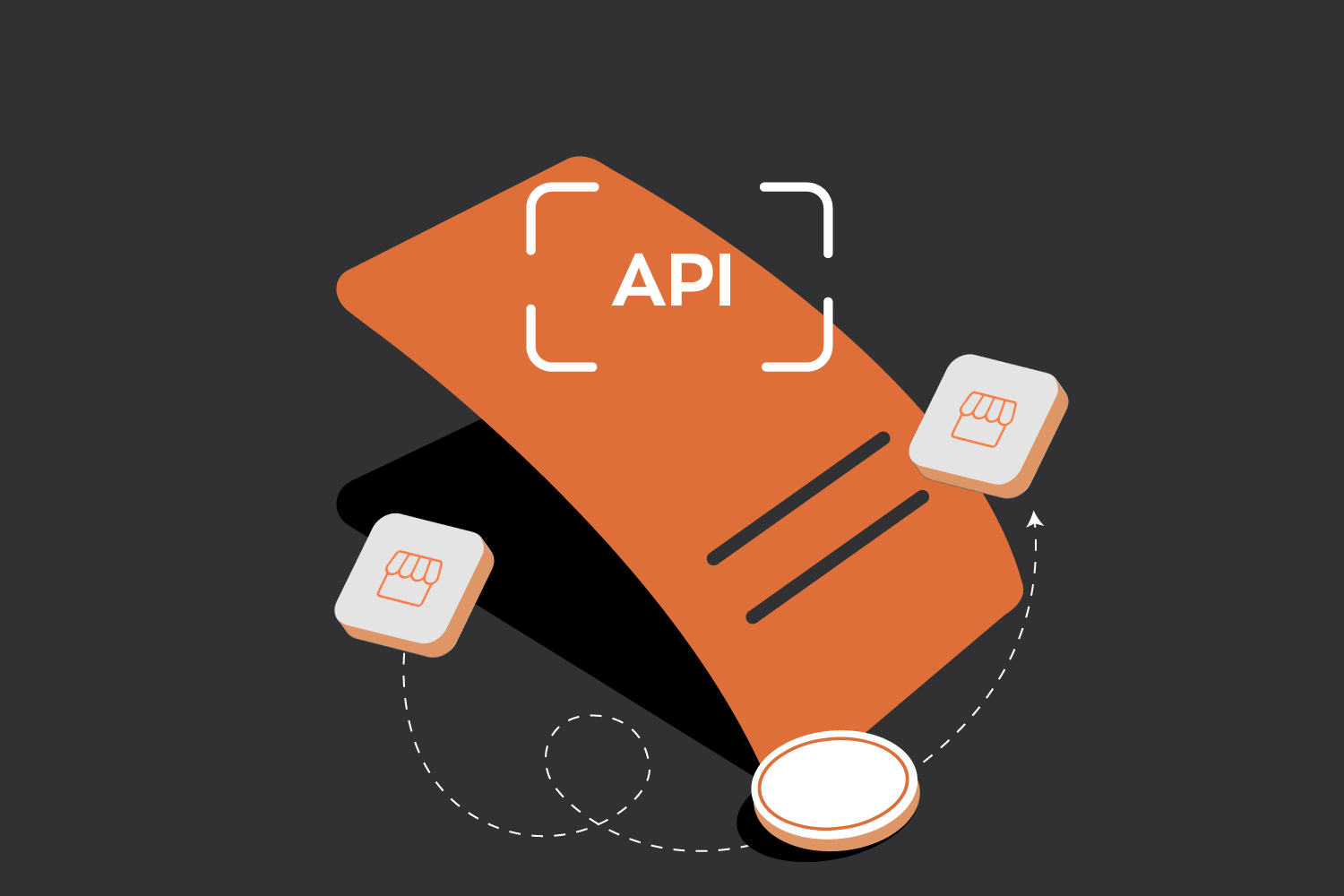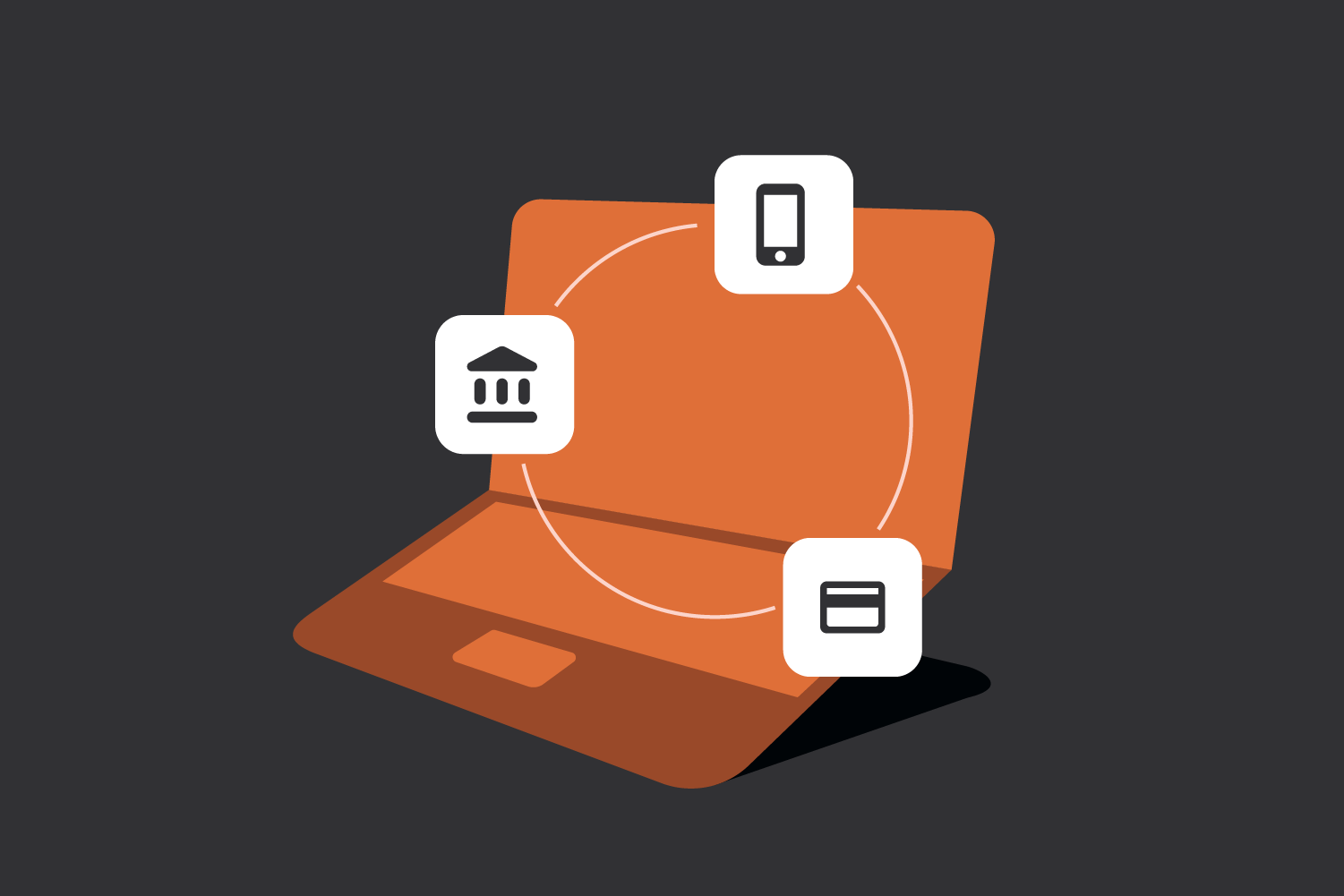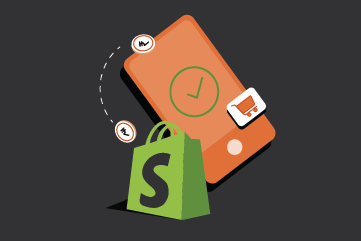Building a mobile app for your business is an incredible milestone. However, let’s be realistic; the true measure of success often comes down to one thing: a seamless and secure payment experience. For Indian businesses, this is particularly crucial, given the diverse payment landscape.
Integrating a payment gateway API into your mobile app is the bridge that connects your product with your customer’s bank account. It’s what turns a user browsing your app into a paying customer. But this process isn’t without its hurdles. From complex code to ensuring security, developers and business owners face a unique set of challenges.
This guide will walk you through the everyday obstacles of integrating a payment gateway API into your mobile app and provide practical solutions to help you go live faster and with greater confidence.
Why a Smooth Mobile Payment Experience is Non-Negotiable
If your app’s payment process is clunky, slow, or requires too many steps, you risk high cart abandonment rates. A seamless payment gateway API integration is the backbone of a successful mobile app. It ensures:
- Higher Conversion Rates: A quick and easy checkout process reduces friction, encouraging users to complete their purchase.
- Enhanced Customer Trust: A secure and reliable payment flow builds confidence in your brand.
- Improved User Experience (UX): A native, in-app payment experience keeps users engaged and prevents them from leaving your app.
- Scalability: As your business grows, your payment infrastructure must handle increasing transaction volumes without a hitch.
Now, let’s dive into the core challenges and how you can overcome them.
Challenge #1: The Complexities of Integration
A common pain point for developers is the sheer complexity of integrating a payment gateway. This often involves wrestling with fragmented documentation, managing multiple SDKs, and writing extensive lines of code to handle different payment methods like UPI, credit/debit cards, and net banking. This can be a time-consuming process that delays your app’s launch.
The Solution: To overcome this, look for a platform that offers a unified API suite. Instead of integrating with a dozen different services for collections, payouts, and other financial needs, you can integrate with just one. A developer-friendly platform will also provide native SDKs for iOS and Android that simplify the integration process. With well-documented and easy-to-use tools, your team can enable a full-fledged payment flow in your app with just a few lines of code, complete with a beautiful, pre-built UI.
Pro-Tip for Business Owners: When evaluating a payment solution, don’t just look at the features. Ask about the developer experience. A platform with clear documentation and a strong developer community will save you countless hours and resources. Always make sure to use a sandbox environment for thorough testing before going live.
Challenge #2: Ensuring Security and Compliance
When handling sensitive customer data, such as card details, security is paramount. Businesses must adhere to industry standards, such as the Payment Card Industry Data Security Standard (PCI DSS), to protect customer information. For Indian companies, this also means staying updated with RBI regulations. The last thing you want is a data breach that damages your reputation and leads to legal trouble.
The Solution: Partnering with a service provider that is already PCI DSS certified is a game-changer. This means they handle all the heavy lifting of securing card data. By using their hosted checkout pages or SDKs, you offload the risk and responsibility of storing sensitive information. Your app never touches the card data, making you instantly more compliant. Additionally, a robust platform will use advanced encryption and tokenization to secure every transaction and will ensure all transactions are processed in line with RBI guidelines. This frees you to focus on your business while the payment provider handles the regulatory complexities.
Challenge #3: Poor Conversion Due to Clunky Checkout Flows
Imagine a customer has added products to their cart and is ready to pay. They click “Checkout,” and your app redirects them to a generic, slow-loading payment page that doesn’t match your brand’s look and feel. This jarring experience often leads to cart abandonment.
The Solution: The best payment solutions offer both hosted checkout pages and a native, in-app experience. The hosted page can be fully customized to match your brand, while the in-app SDKs provide a truly seamless, native feel. This gives you the flexibility to choose the best option for your app’s design and user flow. The checkout process should be optimized for mobile devices—responsive, fast, and featuring a clean UI. For repeat customers, look for a platform that enables a saved cards feature (tokenization), allowing for a lightning-fast one-click checkout.
Challenge #4: Managing Multiple Payment Methods
In India, a one-size-fits-all approach to payments simply doesn’t work. Customers use a variety of methods, including UPI, debit and credit cards, net banking, and various digital wallets. Integrating each of these individually can be a nightmare for a development team.
The Solution: Choose a payment gateway that offers a unified dashboard and API for all payment methods. A single integration should provide you with instant access to a vast range of options, including UPI, cards, net banking, and wallets. The platform should also automatically update to include new payment methods as they become popular, ensuring your business stays ahead of the curve without needing further development work. Look for a solution that utilizes intelligent routing to process each transaction through the most optimal channel, resulting in higher success rates.
Endnote
Payment gateway API integration for mobile apps doesn’t have to be a daunting task. By choosing the right partner with a unified, developer-friendly, and secure platform, you can transform your app’s checkout experience from a point of friction into a seamless and enjoyable part of the customer journey.
At Zwitch, we’re committed to empowering Indian businesses with the tools they need to succeed in the digital economy. Our API suite is designed to take the complexity out of mobile payment solutions, so you can focus on what you do best: building a great product.
FAQs
What is an app payment gateway, and why do I need one?
An app payment gateway is a service that processes and authorizes payments for your mobile application. It securely handles the transaction from your customer to your bank account. You need one to accept online payments for products, services, or subscriptions.
How is a payment gateway API different from a payment link?
A payment gateway API allows for a fully integrated, in-app payment experience. The customer never leaves your app. A payment link, on the other hand, is a URL you send to customers, which redirects them to a hosted payment page. While a link is great for social media sales or invoices, an API is essential for a professional mobile app checkout.
Is it expensive to integrate a payment gateway?
The cost depends on the provider. Most companies offer a per-transaction pricing model with no setup fees or hidden charges. The initial development effort for integration can be an investment, but a developer-friendly API with clear documentation can significantly reduce this cost.
Can I accept international payments with an Indian payment gateway?
Yes. Many Indian payment gateways support international transactions. You can accept payments from customers worldwide in various currencies, which are then settled in INR in your business’s bank account.
How long does it take to integrate a payment gateway API into my app?
With a developer-friendly API and comprehensive SDKs, a basic integration can be completed in as little as a few hours. A more complex, customized integration may take a few days to a week. The key is using a platform that provides the right tools and support.


